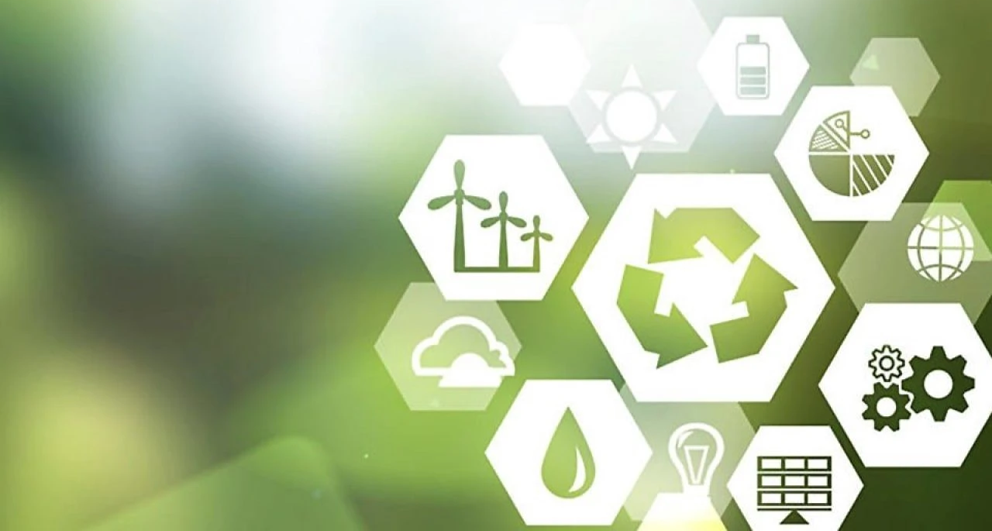In recent years, advances in technology and changes in user preferences, as well as changes in the legal and regulatory framework, have increasingly pushed consumers and businesses into digital payments. Smartphones and expanding internet coverage have fueled the proliferation of online banking services, mobile money, and e-wallets. At the same time, the availability of point-of-sale (POS) terminals is increasing, while the traditional network of cash access points, such as ATMs (cash machines) and bank branches, is shrinking as people shop and interact with one another. The demand for more digital, faster, real-time payments has increased. Moreover, as competition from non-bank payment service providers intensifies, payment services are no longer the domain of banks.
These overall trends have contributed to a steady shift from cash, check and paper-based transfers to digital instruments such as direct debit, online transfers, card and e-money payments. Also, fast payment systems (FPS) have spread around the world. Many jurisdictions have become fast payment applications services and others are planning to do so.
The move to more accessible and cheaper digital payments will not only enable efficient, faster and more convenient payments, but can also improve financial inclusion. The Covid-19 pandemic has further increased the role of digital payments. Quarantines, concerns about the viral transfer of cash and the growth of e-commerce, among others, accelerated the adoption of contactless and other digital payments. While digital payments have grown steadily in recent years, checks are still used in some countries such as Canada, Singapore, and the United States. In addition, cash continued to play an important role in many countries. In the first year of the pandemic, cash in circulation peaked due to increased demand for high-value notes, as in previous stress periods. This indicates that cash is held as a store of value rather than payment.
The strong growth observed in digital payments in recent years. Remittance and contactless card payments were among the main drivers of this growth. In particular, the use of fast payments has reached an all-time high. This trend is likely to continue as more countries adopt FPS. While most FPS are only available for domestic payments for now, they also have the potential to improve cross-border payments.
Despite the shift to digital, contactless and fast payments, there is a continued demand for cash. This raises the question of how this public demand can be met in an increasingly digital world. Many central banks are considering the potential issuance of a retail CBDC, and many have already launched one or are running a public pilot. You can read our article on this topic at the following link.
Based on different social and economic conditions, as well as differences in existing payment infrastructures and payment habits, central banks have different goals when considering issuing a CBDC. The impact of a retail CBDC on the use of physical cash and other means of payment depends on its intended use cases and related design decisions.
The future evolution of retail payments is unlikely to be unique. There will likely be a variety of payment methods and methods. Therefore, interoperability within and between countries is crucial so that payers and payees can seamlessly pay and receive payments regardless of their location, chosen payment method or payment service provider. Interoperability encompasses several dimensions: technical interconnection of payment systems is essential, but it also requires harmonization between legal and regulatory frameworks and business rules. End-to-end national and cross-border interoperability could further support the general trend towards faster, cheaper and more comprehensive payments.
- Bech, M and C Boar (2019): “Shaping the future of payments”, Commentary to 2018 Red Book statistics, www.bis.org/statistics/payment_stats/commentary1911.htm.
- Committee on Payments and Market Infrastructures (CPMI), BIS Innovation Hub, International Monetary Fund (IMF) and World Bank (2022): “Options for access to and interoperability of CBDCs for cross-border payments”, Report to the G20, July.
- Federal Reserve (2021): “Developments in Noncash Payments for 2019 and 2020: findings from the Federal Reserve Payments Study (FRPS)”, http://www.federalreserve.gov/paymentsystems/december-2021-findings-from-the-federal-reserve-payments-study.htm.
- International Monetary Fund (IMF) (2021): “Policy response to Covid-19 Policy Tracker”, https://www.imf.org/en/Topics/imf-and-covid19/Policy-Responses-to-COVID-19




